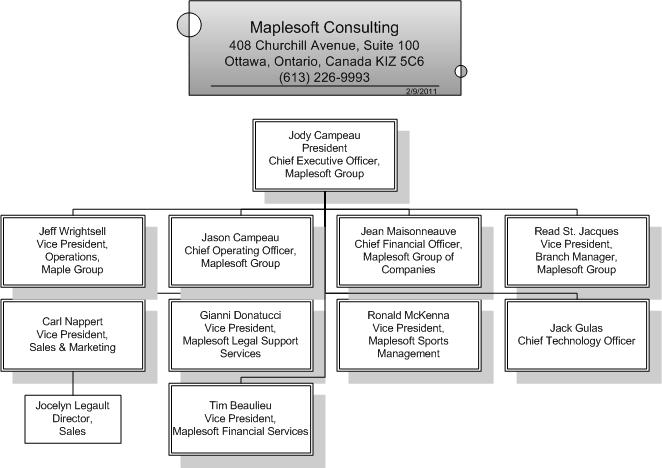Recruiting Passive Candidates & Keeping It Simple Silly!
Recruiting Passive Candidates & Keeping It Simple Silly (KISS Method) has been my strategy for over 20 years. The approach, as always is methodical and the process remains the same. Whether recruiting for a President/General Manager , Java developers, Architects, Regional Sales Managers , Account Managers (BI & Retail), Leaders and Consultants in I/T or Tax & Audit the recruiting strategy remains the same. It begins with research/name generation that provides the call/connect list which shows the potential talent pool that is then used for recruiting and networking. It doesn't get more simple then this!
Recruiting passive candidates and keeping it simple silly is what I believe to be the tried and true way to successful recruiting. I have tried, I must admit to just go for it, but it only works for the first 1-2 days, then I find myself stalling a little to regroup which I find to be a waste of time. Call me old-fashioned, but the more organized I am the more efficient I can be. I practice what I preach! If you want to hear me preach call me! If you want results call me too.
Here is my 10 Step Keep It Simple Silly Recruiting Process:
1. Kick Off Meeting With The Client
2. Target List Development (Best of Breed, Back Yard Warriors, Direct Competitors)
3. Research/Name Generation - Steps to Uncover the Potential Talent Universe
4. Create Call List/Connect List (in addition to the research, I recommend using SGA ExecutiveTracker, LinkedIn, as well as other useful tools to create a comprehensive list. Do not overlook previous recruiting call lists and research) 1-3 days
5. Carefully Create/Craft the Email & Telephone Message
6. Proactively Recruit/Source & Network
7. Fill The Pipeline With Interested & Qualified Candidates - Present
8. Set Up Interviews
9. Conduct Reference Checks
10. Hire
Pretty simple!
Oh one last thing, you need to be organized in order to be successful. Just wanted to get that one in too.
Who We Are:
Sheila Greco Associates LLC is one of the oldest and most trusted company in the recruiting and research industry. We are able to quickly and cost effectively conduct research/name generation for clients who choose to do their own recruiting as well as recruit solid candidates for corporations and search firms.
I am a trained executive search and research consultant (Trained By Jim Mead & Stan Johnson) so I have personally trained everyone in our firm just as I was 20 years ago.
If you want to learn more about what we do and how we do it call or email me at 518 843-4611 or sgreco@sheilagreco.com
Thanks for stopping by!
Sheila Greco


















 Recruiting Top Talent Requires Knowing Who You Want & Knowing Where You Need to Go to Find It!
Recruiting Top Talent Requires Knowing Who You Want & Knowing Where You Need to Go to Find It!